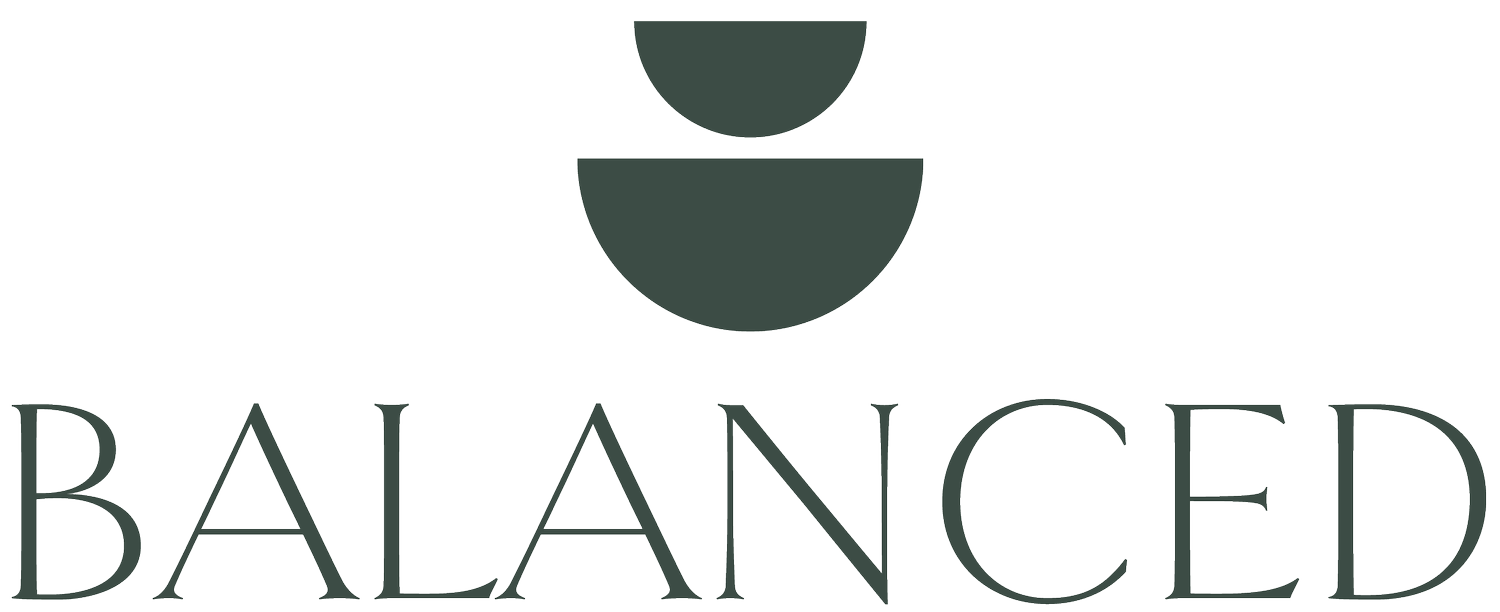Dry Needling for Dancers
Dance medicine professionals are always looking for tools to best help dancers recover from injuries. Dry needling can be a great tool to use when muscular tension and pain are impacting dance performance ability.
Dry needling is a technique used to treat dysfunctions of skeletal muscle, fascia, and connective tissue. It is used to decrease pain both locally and into referral sites, improve muscle function (ability to contract and relax appropriately), improve ability to move and function for daily activities, decrease muscular tension and improve myofascial flexibility.
It is a skilled intervention that uses a thin filiform needle to penetrate the skin and stimulate underlying myofascial trigger points that are causing pain and movement impairments.
While similar needles are used, dry needling is not acupuncture. Dry needling utilizes the anatomical landmarks of the body to locate and treat trigger points, compared to acupuncture, which uses principles based in Ancient Chinese Medicine practice of restoring Qi.
Providers who utilize dry needling as part of their practice have received extensive training for the appropriate technique and use of dry needling in conjunction with other manual therapy techniques. They are not licensed acupuncturists, but rather can perform dry needling based on their medical scope of practice.
Dry needling is typically not used in isolation, but is one piece of the recovery puzzle. As a physical therapist, I also use other modalities while treating a dancer, like soft tissue mobilization/massage, joint mobilization, Pilates, and other exercises as needed.
There may be soreness 24-48 hours after a needling session. It often is reported that it feels like that muscle got a good workout. During treatment, there may be a dull or achy feeling while the needle is inserted in to the muscle.
While dry needling is great to help with recovery for an injury, you do not need to have an injury to benefit from dry needling. If you are experiencing a lot of muscle tightness or feel uneven between your left and right, then dry needling might be a good tool for you!
Could dry needling be the right fit to get you feeling and moving better? Schedule a free 20 minute phone consultation with Dr. Bridget to answer any questions you may have!
